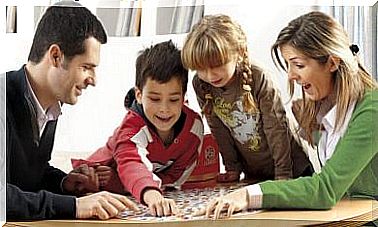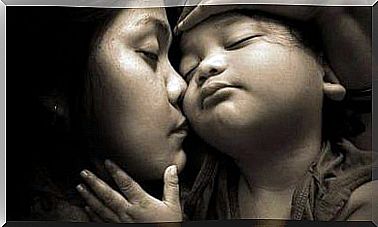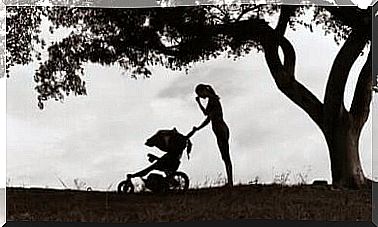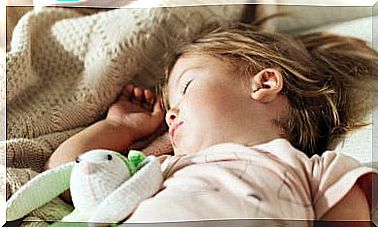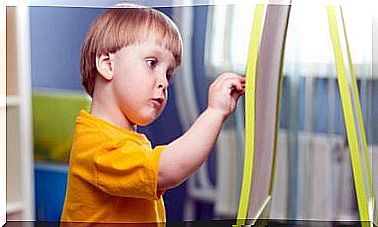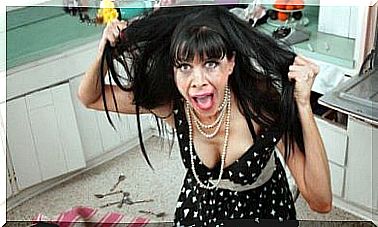Development Of Children’s Drawing Skills
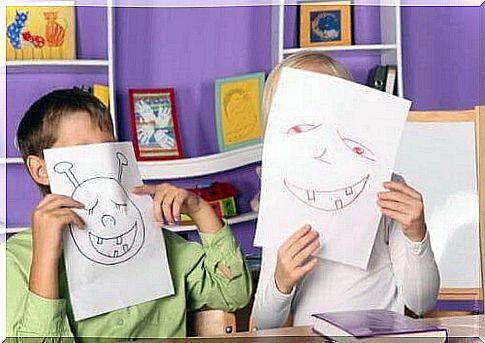
The development of drawing skills begins at an early stage when a child forms different shapes on paper. Just like all other skills, the skill of drawing also develops in stages as the child grows and develops.
Drawing skills develop in two ways. First, it reflects a child’s cognitive development. When recognizing objects, the child remembers their properties and shapes, and this information can be transferred to paper – or worse, to the walls of the home. Second, a child’s fine motor skills develop. They refer to the control of small muscles, such as hand functions and smooth movements. Fine motor skills include tying shoelaces and just drawing, which we’re talking about today.
Development of a child’s drawing skills
Thus, the skill of drawing develops gradually. Next, we go through the stages of developing a child’s drawing skills.
1. Scratching step
The scratching phase begins when the child is about two years old. At this point, the child is not yet paying attention to what they are doing or controlling their hand movements, and is not trying to express anything special with their drawings. At the age of three, scratching begins to become more controlled. The child continues to draw shapes, but his or her ability to coordinate improves, allowing him or her to better control the direction of the pen.
A child can name the shapes they draw, for example, as a dog or a house, even if they do not resemble their original design. This is called random realism. At the end of the scratching phase, the child begins to scratch appropriately. His goal is to draw a particular object or thing, and this can be called dissatisfied realism. Even if the drawing doesn’t look at all what the child says it represents, he or she still creates shapes on the paper appropriately.
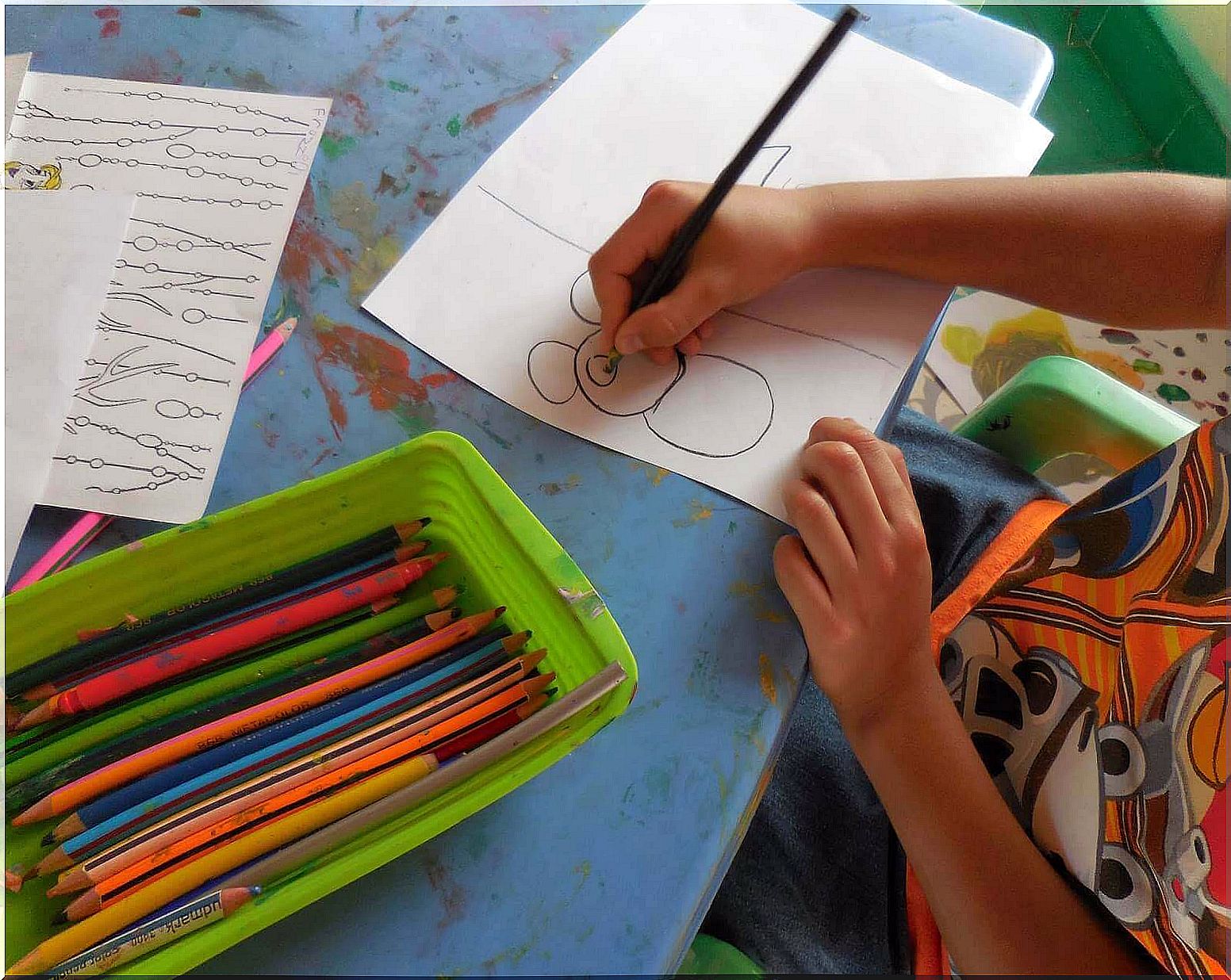
2. Pre-schematic phase
The pre-schematic phase is in turn when the child is about 4-7 years old. The drawings then begin to have more recognizable shapes. A child tries to draw pictures of people, often doing things about themselves or their families. What is significant at this point is that the Drawn things are no longer separate things, but some sort of order begins to emerge in them. A horizontal line, for example, represents the soil and the sun and clouds are drawn up in the sky. The child also begins to use colors in a fairly realistic way, although this depends a lot on the individual and his or her preferences.
3. The stage of realism
As the name already suggests, at this point the child’s goal is to describe reality as truthfully as possible. This stage typically occurs when the child is 8-12 years old. The child begins to use layering, the impression of depth, and even more detail in their drawings. Things drawn by a child are no longer two-dimensional figures with legs, ears and a nose, and they do not have transparent walls, for example. As the child grows, his fine motor skills and coordination abilities improve and at the same time drawing skills also develop.
The importance of developing a child’s drawing skills
During all stages of developing a drawing skill, it is important for the child to get what they need to further develop their skills. Here are some tips to help you improve your child’s drawing skills development process.
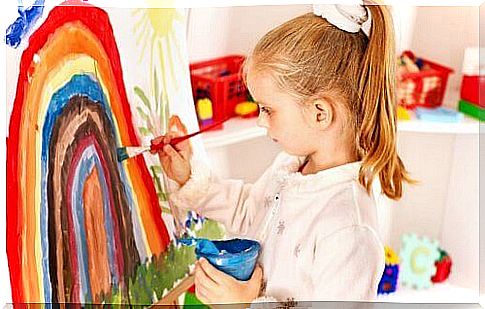
Appropriate and available resources
First, it is important to make available to the child paper and crayons that the child can use whenever he or she wishes. While the child is supervised, he or she can also be given tempera or watercolors to increase the child’s creativity.
Patience and support
It is important that you support and encourage your child to improve their own drawing skills. Never criticize or judge a child’s drawings, and remember that he or she will always do his or her best. It’s also totally ok for a child to draw just for fun.
Be interested in the development of your child’s drawing skills
The developmental stages of a child’s drawing skills are a real reflection of the child’s development and maturation. Through drawing, the child also learns to express his or her feelings. Through drawing, the child expresses what he or she likes, his or her interests, observations, and desires.
It is your job to provide the child with the necessary materials to allow the child to create art. If you’ve already done this, find out what stage your child’s drawing skills are at. Remember, drawing is a fun pastime!
